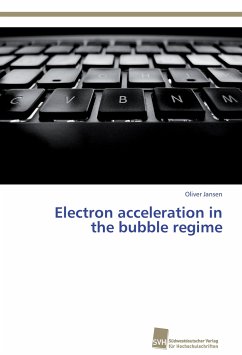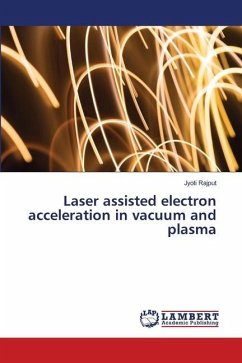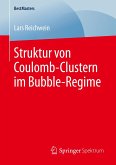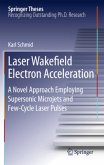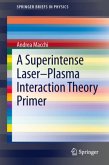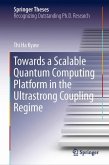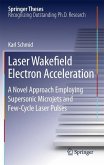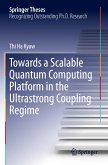The bubble regime of laser-wakefield acceleration has been studied over the recent years as an important alternative to classical accelerators. Several models and theories have been published, in particular a theory which provides scaling laws for acceleration parameters such as energy gain and acceleration length. This thesis deals with numerical simulations within the bubble regime, their comparison to these scaling laws and data obtained from experiments, as well as some specific phenomenona. With a comparison of the scaling laws with numerical results a parameter scan was able to show a large parameter space in which simulation and theory agree. An investigation of the limits of this parameter space revealed boundaries to other regimes. Comparing simulation data with data from experiments concerning laser pulse development and electron energies, it was found that experimental results can be adequately reproduced using the Virtual-Laser-Plasma-Laboratory code. In collaborationwith the Institut für Optik und Quantenelektronik at the Friedrich-Schiller University Jena synchrotron radiation emitted from the inside of the bubble was investigated.
Bitte wählen Sie Ihr Anliegen aus.
Rechnungen
Retourenschein anfordern
Bestellstatus
Storno

